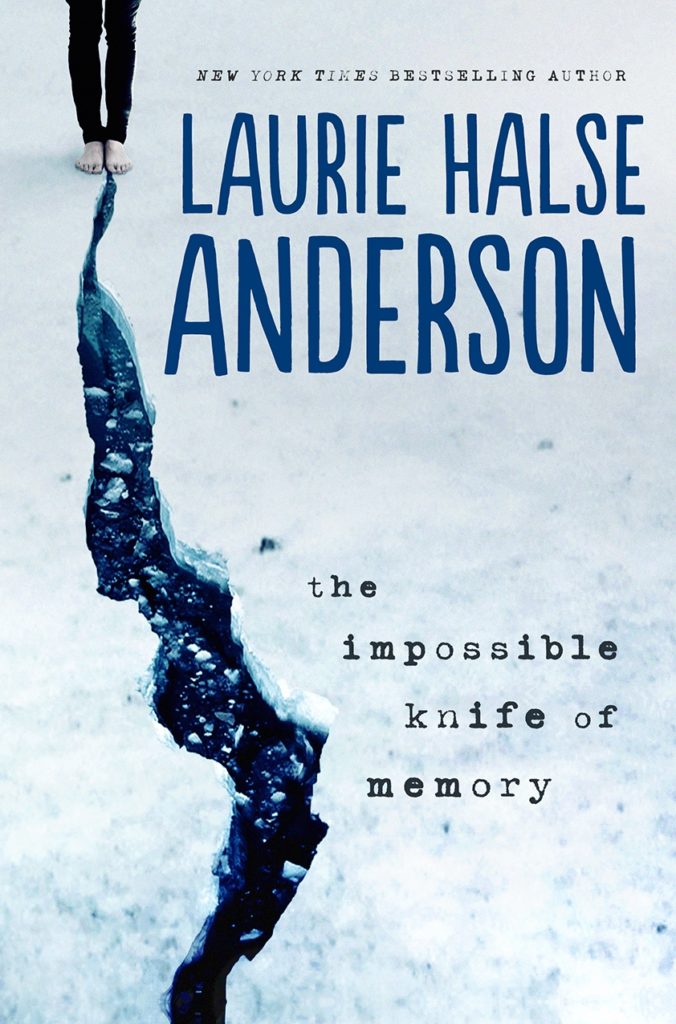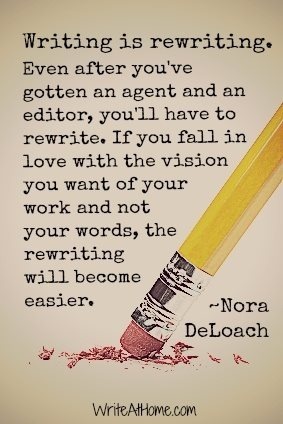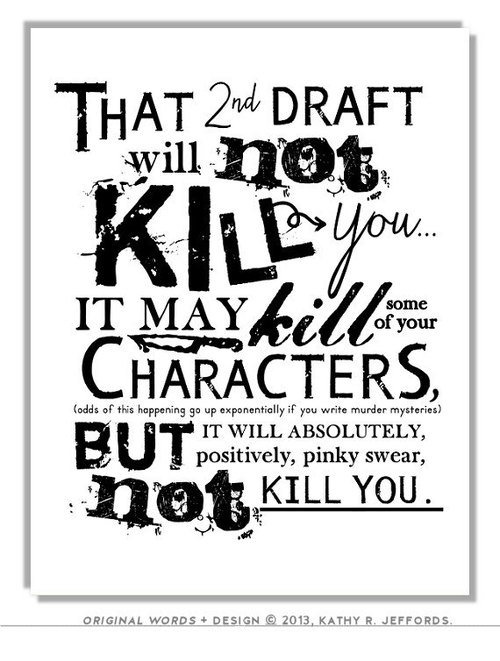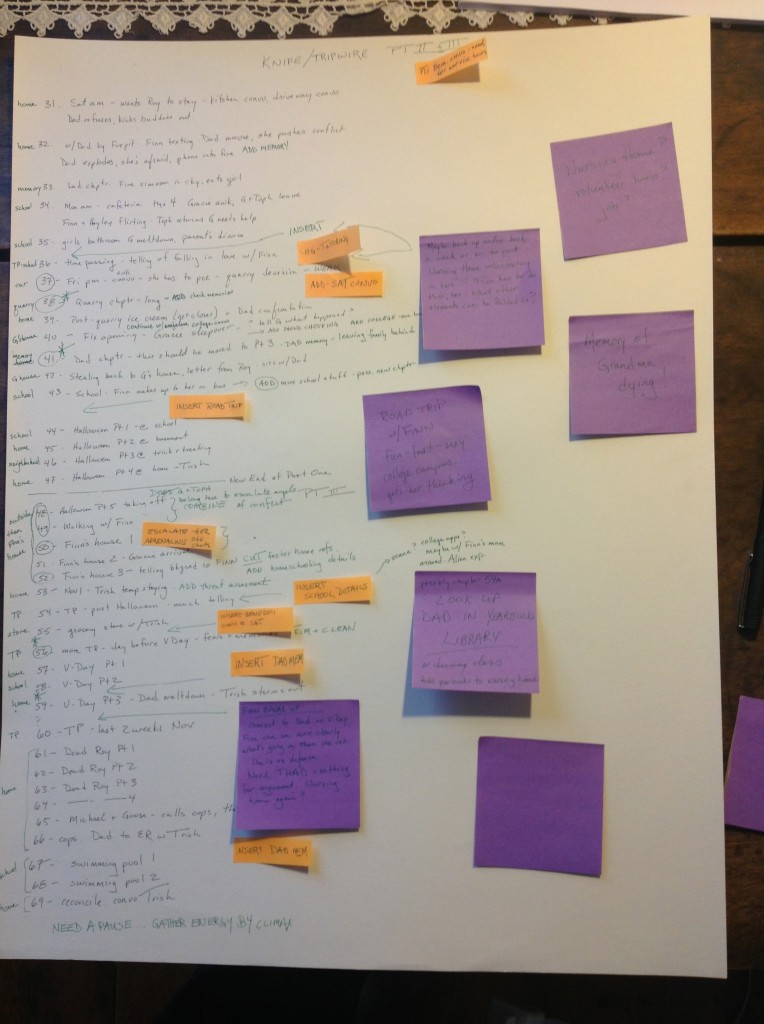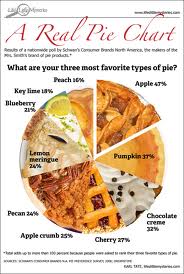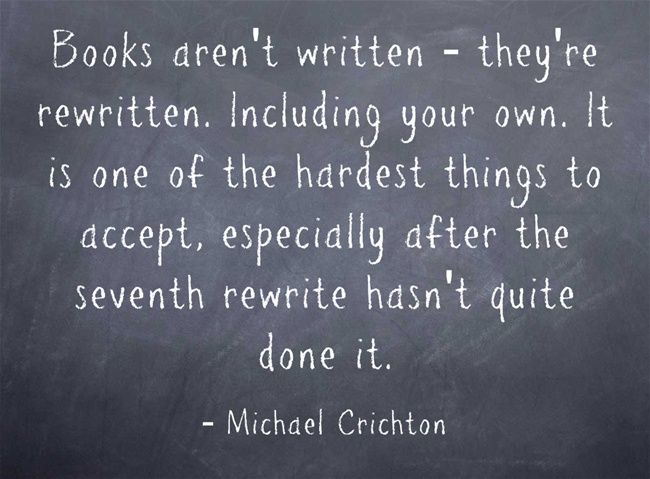Want a new approach to teaching SPEAK? Check out this article written by Sarah Gross and Katherine Schulten, in The Learning Network on the NYTIMES website.
BOOK TOUR INFORMATION!!!
Publication Day will be Tuesday, January 7, 2014. (That means you can buy the book with the gift card or gift certificate you receive over the holidays!)
NOTE!!! The tour stops, bookstores and conferences listed below are all confirmed. In some cities I will be making appearances at a school in addition to a bookstore, but I don’t know where or when yet. As soon as I have more details, I will post them.
Additional conferences and stores may be added. I can guarantee, for example, that I’ll be speaking at River’s End Bookshop in Oswego, NY at some point. Check back here for schedule updates.
Official January Tour
7 – Eagle Harbor Books, Bainbridge WA
8 – University Bookstore, Seattle, WA
9 – Rakestraw Books, Danville, CA
10 – Alamosa Books, Albuquerque, NM
11 – Boulder Bookstore, Boulder, CO
12 – Red Balloon, St. Paul, MN
13 – Nicola’s Books, Ann Arbor, MI
14 – McLean & Eakin, Petosky, MI
15 – Politics & Prose, Washington, DC
16 – Harleysville Books, Harleysville, PA
17 – Georgia Center for the Book, Decatur, GA
18 – Avid Bookshop, Athens, GA
19 – The Booksellers at Laurelwood, Memphis, TN
20 – Oblong Books, Rhinebeck, NY
21 – 92nd Street Y, New York City
Not Exactly Part of Tour
January 28 – February 14 – Muscat, Oman and Abu Dhabi, United Arab Emirates (Technically not part of book tour, but previously scheduled school visits)
Conferences and Festivals
March 11 – 14 – Public Library Association, Indianapolis, IN
March 15 – 16 – Tucson Festival of Books, Tucson, AZ
April 8 – 11 – Texas Library Association, San Antonio, TX
April 26 – Houston Teen Book Festival, Houston, TX
April 27 – May 4 – Kindling Words West Writing Retreat (no public appearance)
May 17 – Rochester Teen Book Festival, Rochester, NY
June 6 – 8 – Moravian Writing Conference, Bethlehem, PA
Look! A Google map so you can find me!
ANOTHER NOTE!!! You can always order personalized, signed books from my local independent bookseller. They are very happy to take orders over the phone or via email and they’ll ship books anywhere.
Where will I get to see you?
Happy Teen Read Week!
WFMAD Day 18 – Revision Roadmap
The process of Boiling Down The Bones (aka Revision) is the hardest part of the writing process to teach, but I'll give a shot.
I'm starting with one massive assumption – you understand that nobody writes a publishable first draft and everyone's work can be made better with revision. For the record, my novels usually go through eight drafts.
I always work with two levels of revision: LOGIC and POLISH. Today is LOGIC day.
The goal of the LOGIC edit is simple: make sure each scene flows smoothly and inevitably to the next.
I start with the biggest piece of paper I can find. On this I list all of the scenes of the book, summarizing them in as few words as possible (bullies corner Yoda, Tyler confronts bullies, bullies run off, etc.). You will likely have several different scenes within each chapter.
To the left of the summary line that I make a note of the date and time of day when each action takes place. To the right of each one I place an up arrow or a down arrow, indicating if the scene ends on a negative or positive emotional note for the main character. For a few books, I've noted the location of each scene as well.
Note: if the significant action in a scene is an important bit of dialog, add CONVO to the summary line.
What you end up with is a roadmap of sorts; an overview of your story all on the same page or two, depending on the size of your handwriting. (Some people prefer to use index cards – one card per scene – which they either pin to a line strung across a room, or lay out on the floor after they've penned up the children and pets. Do what makes you happy.)
Now the fun begins.
Forget about what you know about your story. Forget the backstory that you didn't put on the page, or the real-life situation that inspired a scene or the whole book. The goal is to see only what is on the page in front of you.
1. Which scenes can be removed without causing any major effect on your story? (I always find a bunch of these.) If a scene is not vital – if it doesn't further our understanding of a character or move the action forward – get rid of it. It's useless fluff. If the thought of cutting it causes your gallbladder to flare up, reconsider the scene itself: what changes can you make that will either further our understanding of a character or move the action forward (or both!)?
Draw a line thru the scenes you want to cut.
Sometimes a scene seems out of place, or you realize that the scene is important, but you haven't set it up properly. Make a quick note (on a stickie if you're out of room) about where the scene should go and what you're missing.
2. Now read through your road map, paying attention this time to pacing. Are there sections that drag on, with scene after scene hitting the same emotional point without either adding to or dispersing tension? Are your sub-plots properly extended through the major narrative? Make a note of what needs to move where to tighten your pacing. I do this by drawing a lot of arrows. By the time I'm done, it looks like a battalion of drunken ants has staggered all over my roadmap.
3. Read through again, this time paying attention to your location notes. If all of the action in your book only happens in a small handful of locations, ponder this awhile. Is that really the right approach, or is there more you can do with the story by introducing new locations? In my new book (The Impossible Knife of Memory, comes out in Jan 2014), there are many scenes at the main character's house. Most of them have to be there, but a couple became much more powerful when I changed the location because the new setting allowed my characters to engage in actions that strengthened the narrative.
4. Go back to the scenes that you maked CONVO. Are they actual scenes, with action, or do you have two or more talking heads? Maybe you want talking heads, but be advised that too much of that reads like a screenplay.
Here is a real life roadmap from earlier this year showing my dissection of the last two-thirds of my new book (we abbreviate it to TIKOM around here) back when it was Draft 3 and very far away from being complete. (No one saw the manuscript until Draft 5.)
Once your road map is complete, you dive back into the manuscript, slicing, dicing, shredding, adding, and, believe it or not, enjoying yourself because making your story stronger always feels great.
Next post: How to POLISH.
Non-fiction prompt – Make a roadmap of your manuscript, or of the first ten chapters of a favorite book.
Fiction prompt – Take a scene from your book and flip it into an unexpected location. Instead of at school, move everyone to the zoo. (Where in the zoo? Specificity is everything!) Instead of the mall, put them in a subway car, or at a county fair where the rides are all run by creepy-looking carnies.
Fifteen minutes spent writing today could change your life.
scribble… scribble… scribble…
WFMAD Day 17 – The Bones of Writing – Part 2
People sometimes ask me to quantify how much time I spend in the different stages of the writing process. That’s a tough question.
If you held my favorite teddy bear hostage and forced me to answer, I’d say roughly 5% goes to Pondering and Mucking Around, 15% is spent Scribbling, 70% is Boiling Down The Bones, and 10% is figure out how to Craft Chords and Singing.
Let me explain that last 80%. It’s rather important. Other people call it Revision. I'm using more interesting language to prevent that awful allergic reaction some of you have when faced with the concept. This is how it works for me.
Boiling Down The Bones – After scribbling that hideous, but somehow lovable first draft, I usually have 300-400 pages of chaos. Sometimes it’s obvious what’s not working. I often have two minor characters who serve the same purpose in the story and thus can be melded into one, or I have set every scene in one of three locations and that is completely boring.
Sometimes I'm still uncovering my main character and the true, deep story of her life on the fourth or fifth draft. I know I'm getting close when I've thrown out a couple of hundred pages. That seems to be the amount of dreck that I must clear away before I can really get to work.
There is a simple trick for maintaining your focus through the months (or years) that books demand. Just ask "How can I make this better?" If the answer is that you cannot, that the book is perfection itself, put it aside for a few weeks and ask again, "How can I make it better?"
Starting that question with "How" is what forces you to examine the strengths and weaknesses of your story and be honest with yourself.
Crafting Chords – If you think of the scenes and conflicts in a book as musical notes, then you can imagine arranging and rearranging the notes into patterns and riffs until they make a song. That’s the most basic level of storytelling.
Your goal in revision is to find the layers within your story, the image systems that will unite subtext with text and give your story depth and richness
(HT to Robert McKee for the phrase “image systems” which I have borrowed from his book Story and the workshop of his that I attended with some writer buddies about 15 years ago.)
Singing – You’ve got chords now so you can sing! With your imagery in place, with your plot and character development in place, now you can really plunge into the vast ocean of language and come up with precisely the right words to elevate your prose to a new level.
Storytelling – Look at you! You wrote a book, or a short story or a poem! Put it away again, maybe for a month. No, even better, put it away for a full cycle of the moon and start working on your next project.
When the moon again reaches the fullness that it has that night, take out your manuscript again. Record yourself reading it out loud – every single word. A few days after that, carve out a day of uninterrupted time and listen to the recording while you follow along with the text version either printed out or on your computer screen. Take your time and listen to the book. Your ears will hear clunky passages and dialog that your eyes didn't pick up. Every time you hear something that doesn’t sound right, make a note on the manuscript. The next day, go through and fix all those tiny problem areas you found.
Tomorrow and Thursday I'll post more tried-and-true revision techniques.
Non-fiction prompt – Describe the absolute best thing that you want to have happen after you publish your book.
Fiction prompt – Your main character picks up a boy who is walking down the road during a snowstorm, not wearing a coat. When he gets in the car, your MC realizes that he's older than a boy, and there is something unsettling about his eyes…
Fifteen minutes spent writing today could change your life.
scribble… scribble… scribble…

